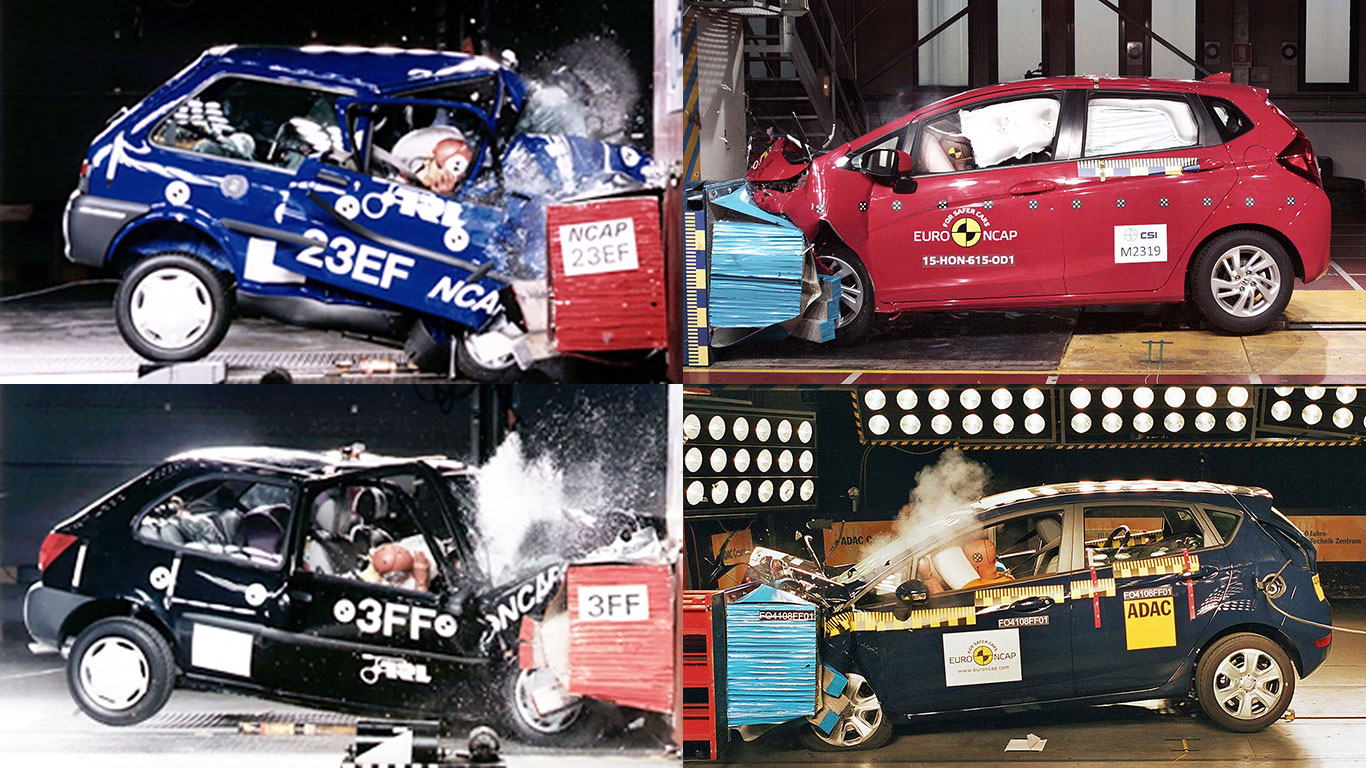
The Fiat Panda has been awarded a zero-star safety rating in the latest set of crash tests carried out by Euro NCAP. It becomes only the second car to receive zero stars, following the Fiat Punto’s lowly performance in 2017.
In a rather damning set of results, the Panda failed to achieve more than 50 percent in any of the categories, including an eye-opening score of 16 percent for child occupant safety – the lowest ever score for this category.
Euro NCAP Panda-monium
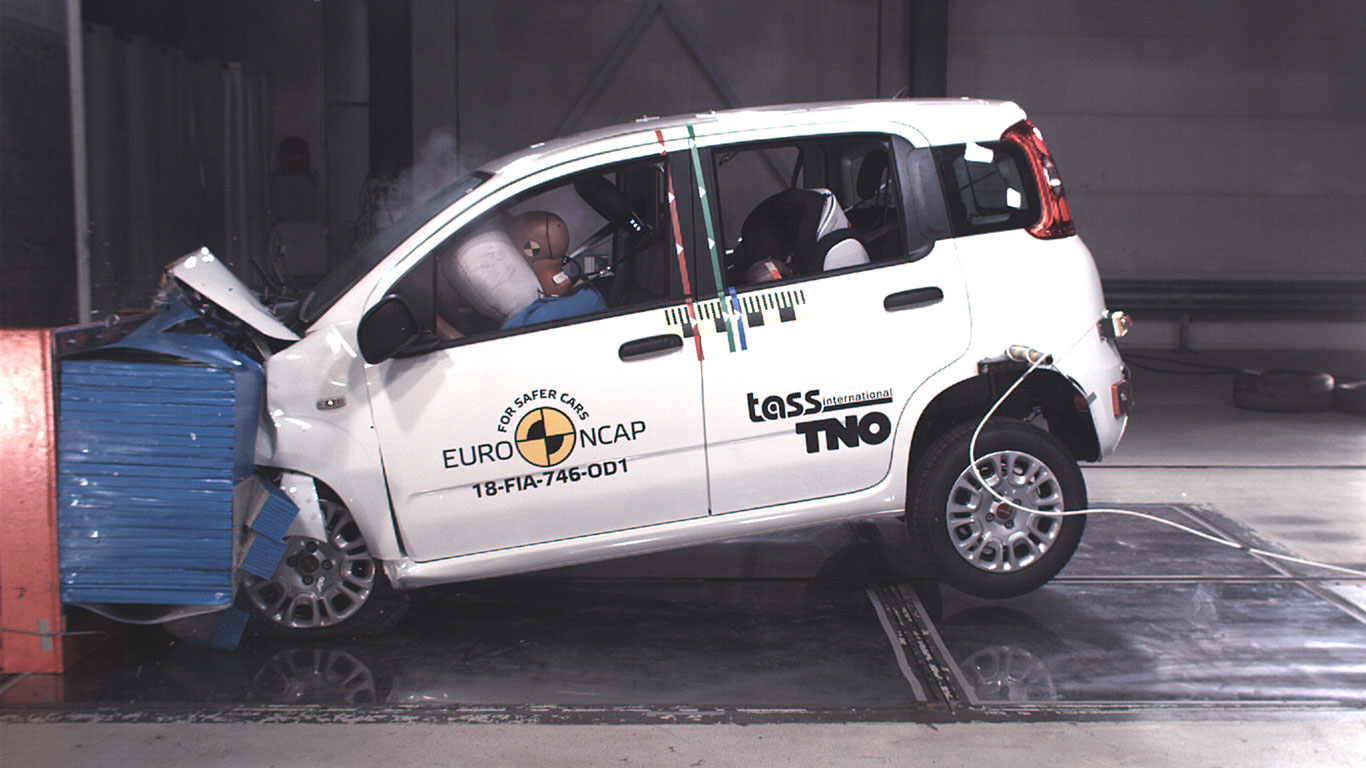
Euro NCAP has been crash testing cars since 1997, a time when car manufacturers struggled to achieve decent results.
However, the Panda wasn’t the only poor performer from Fiat Chrysler Automobiles.
Just one star for 2019 Jeep Wrangler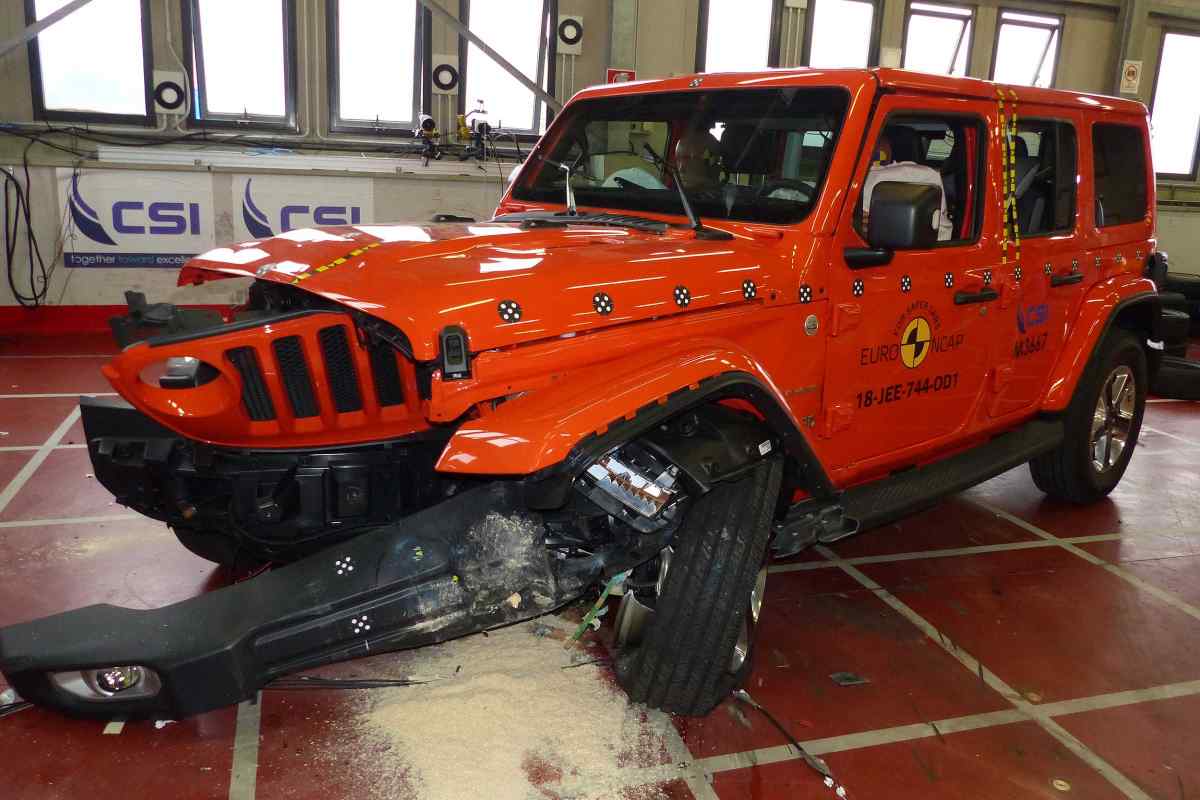
The new 2019 Jeep Wrangler also fared badly, earning just one star. Its only driver-assistance technologies are a seatbelt reminder and rudimentary speed limiter.
Today, standards are much improved and these cars are the exception rather than the rule. To demonstrate this, we compare crash tests past and present below.
What is Euro NCAP?
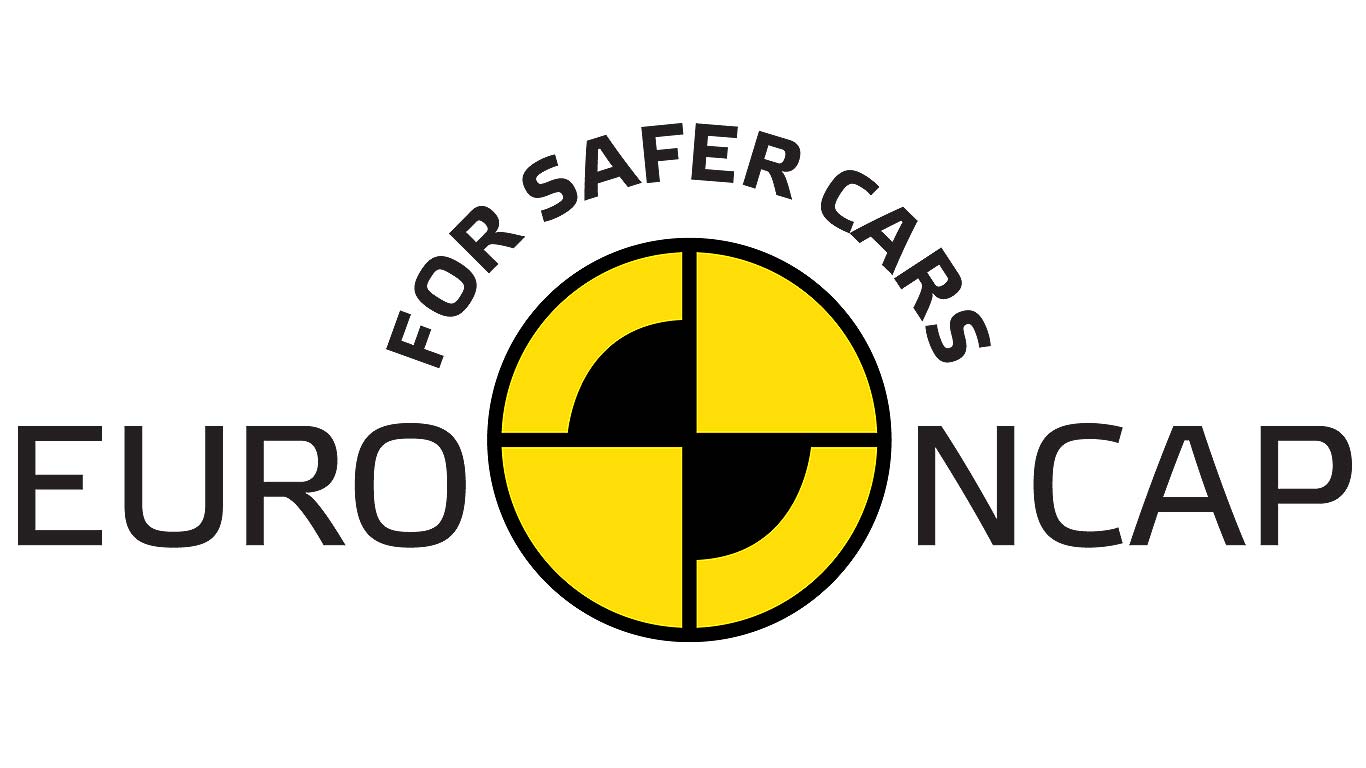
It was the UK Department for Transport that proposed a British ‘New Car Assessment Programme’ back in 1994. This would produce consumer crash safety information that buyers could use to compare models.
The test was developed over the next few years, with several standard procedures devised, assessing adult occupant protection and pedestrian safety. All tested models would be put through all tests, and the results – with images and video – made publically available. The DfT published the first set of results, for seven superminis, in February 1997.
How were cars crash-tested before Euro NCAP?
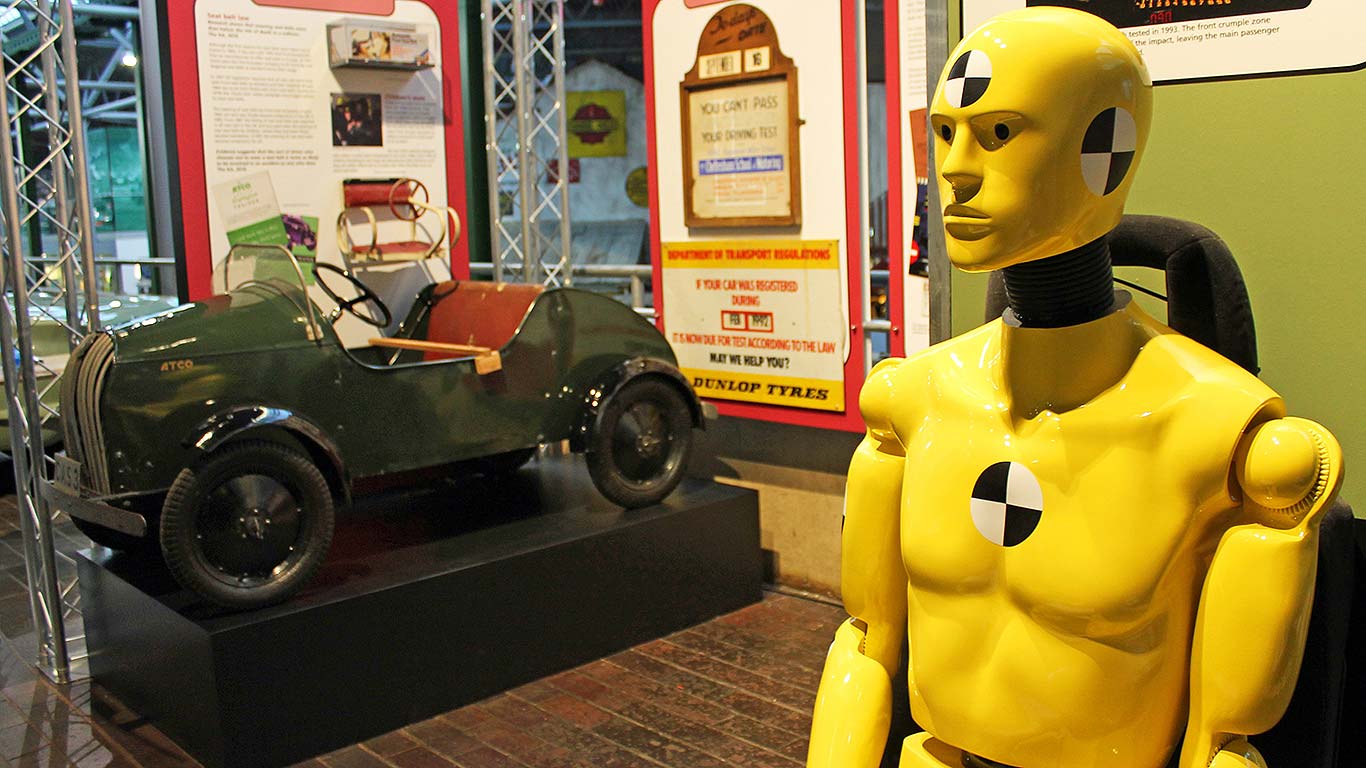
Before Euro NCAP came along, there were no consumer crash safety tests. All car manufacturers had to do was show that the steering wheel didn’t intrude more than 12 inches into the car – that was it. And all impacts were into full-width barriers, rather than the offset crash tests pioneered by Euro NCAP.
The argument was that many crashes were not full-frontal impacts, but avoidance impacts – when, say, swerving out the way of an oncoming car. Of course, it’s much harder to engineer a car solid enough to hold up well in offset impacts, something Euro NCAP was to dramatically expose…
The depressing state of car safety in the 1990s
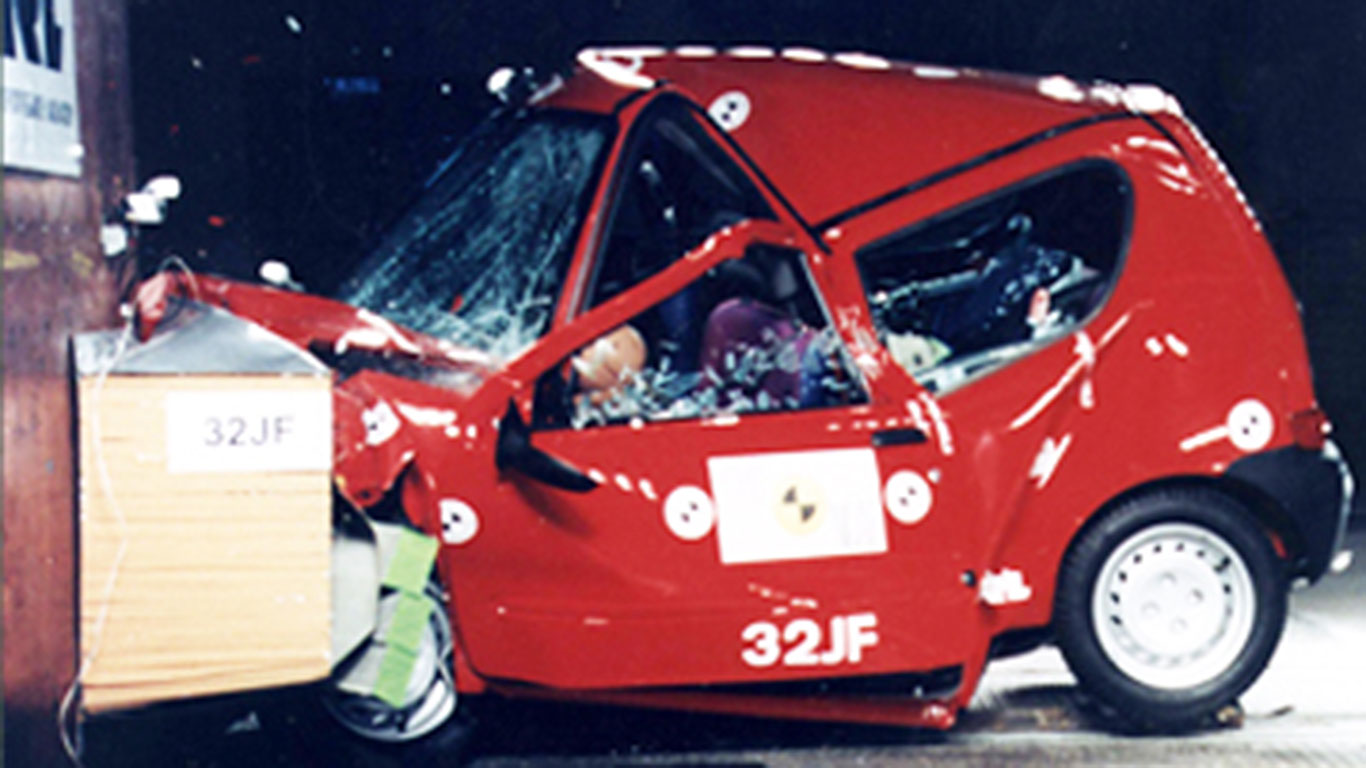
The illusion that cars in the 1990s were safe was to be quickly shattered by Euro NCAP. Images speak a thousand words and these shots were to prove incendiary.
Here, we’re exposing the original 1997 Euro NCAP test results, looking at star ratings for adult occupant protection. We’ve sourced original images for the period crash tests, too – and compared them to their contemporary equivalents to show just how things have improved since…
1997: Rover 100 (1 star)
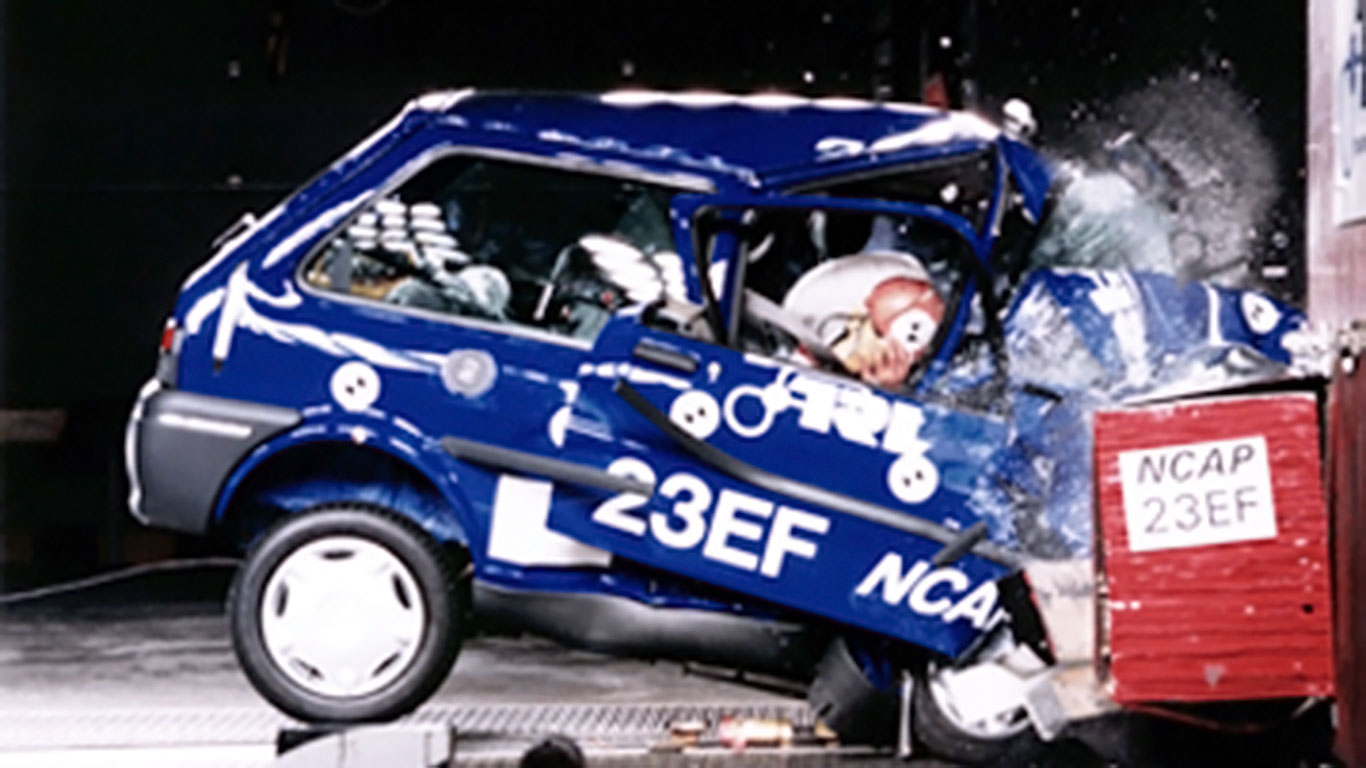
This was the image that killed the Rover 100. And virtually killed the dummies inside it. It exposed the pathetic, decades-outdated safety of Rover’s little city car. It caused national outrage and sales understandably plummeted. But it wasn’t until Euro NCAP tested it at 40mph in 1997 – 17 years after the Metro’s original launch – that its contemporary one-star safety was fully revealed.
Today: Honda Jazz (5 stars)
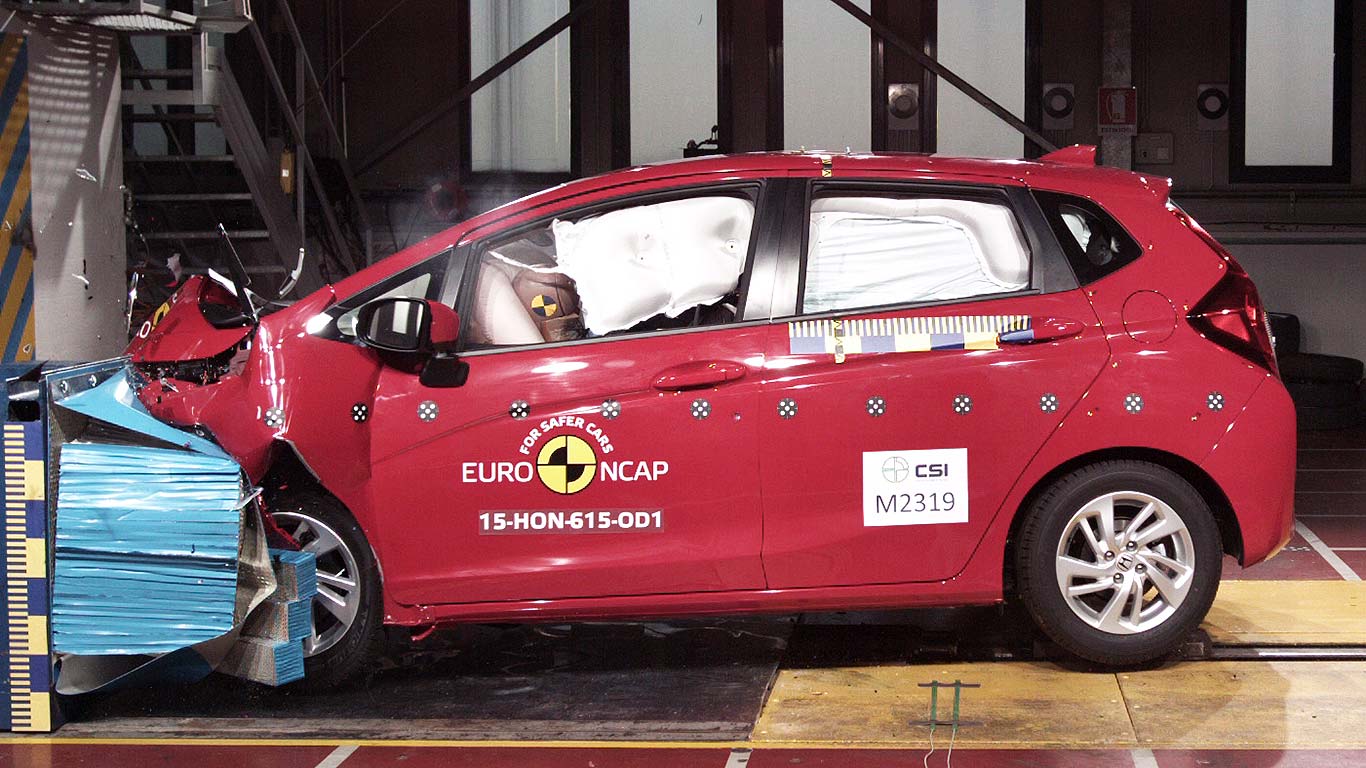
To see how Euro NCAP has transformed city car safety, take a look at the modern Honda Jazz, a five-star car. It only weighs around 100kg more than the Rover, yet performs immeasurably better in a 40mph offset impact. You would survive this. You wouldn’t if you were in the Rover.
1997: BMW 3 Series (1 star and 1 strikethrough star)
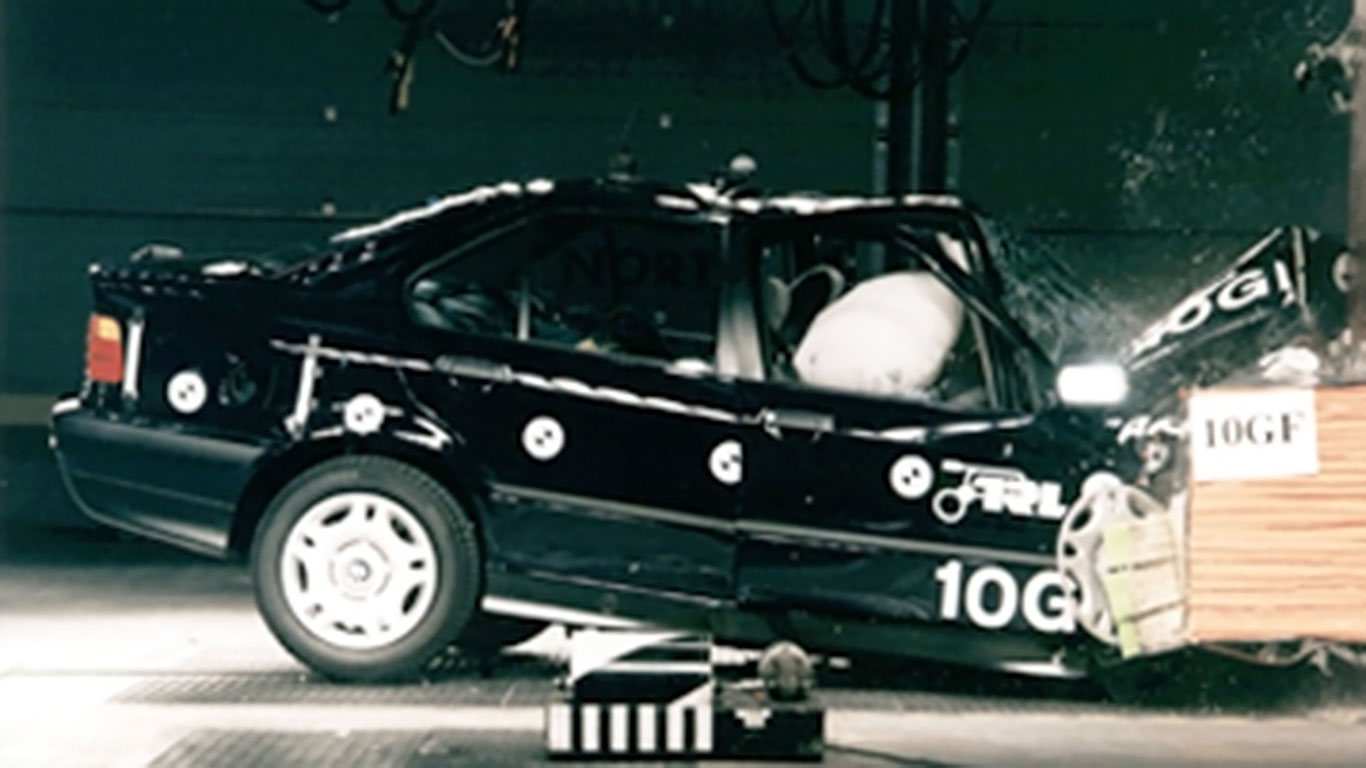
But it wasn’t just the Rover 100’s scandalous crash safety that Euro NCAP exposed in 1997. The organisation tested umpteen other cars and revealed that the rest of the car market wasn’t much better. Take this E36 BMW 3 Series, for example – an enviable premium car in 1997, but not something you’d want to have a crash in. It scored two Euro NCAP stars, but with one of them struck through for serious safety issues.
Today: BMW 3 Series (5 stars)
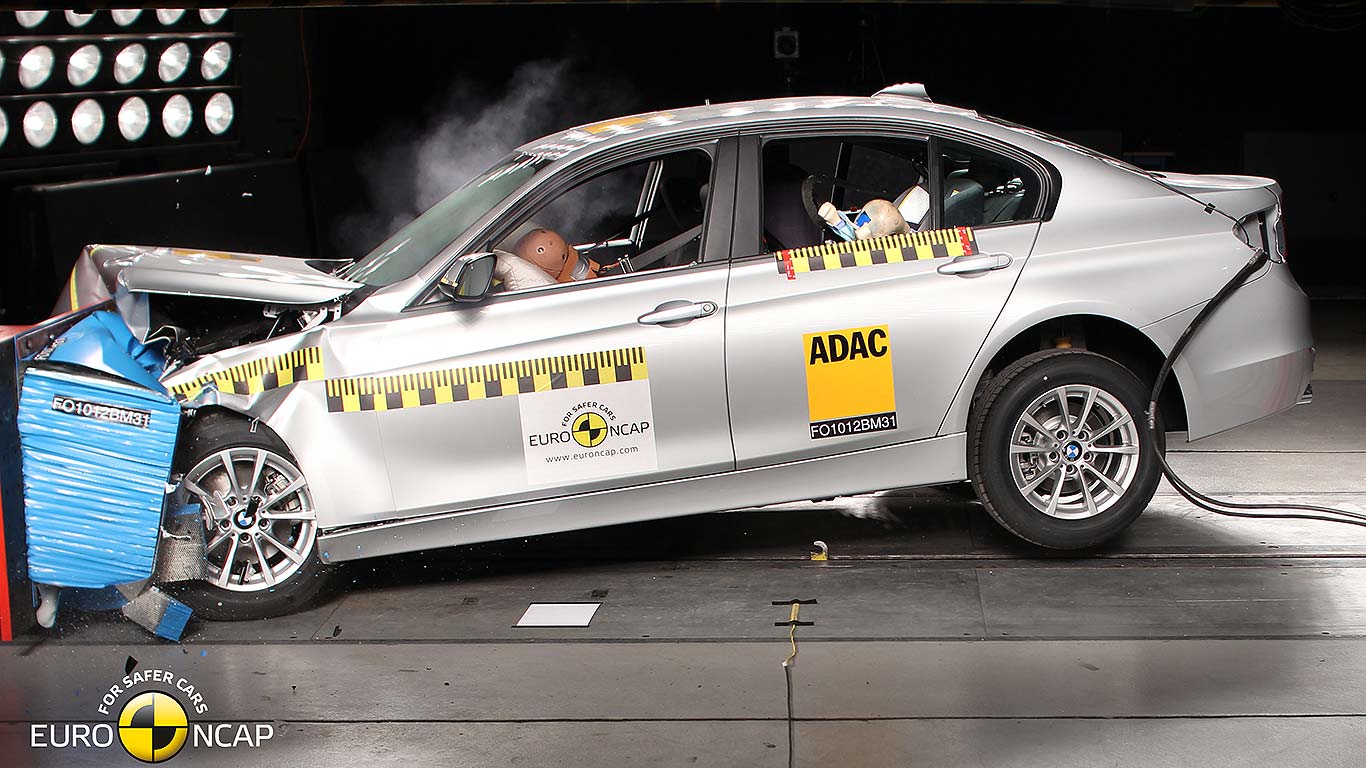
The 1997 BMW 3 Series was a mess of twisted metal after a crash. Not so the latest model, whose Euro NCAP safety result is like night and day.
1997: Citroen Xantia (1 star and 1 strikethrough star)
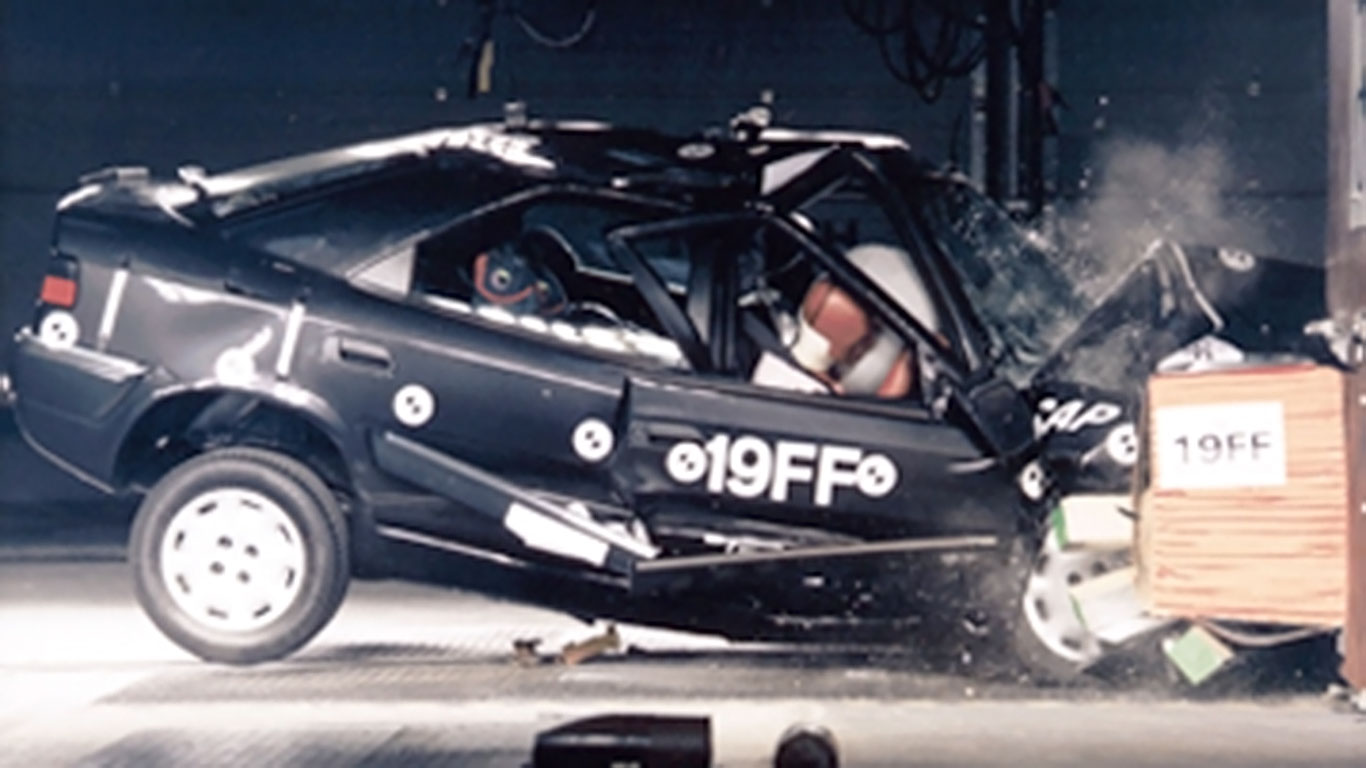
This is an ugly image. If you thought the BMW bent up in a crash, just look at how this Citroen Xantia disintegrates. Yet another car with a strikethrough star and, it’s not hard to see why.
Today: Citroen DS5 (5 stars)
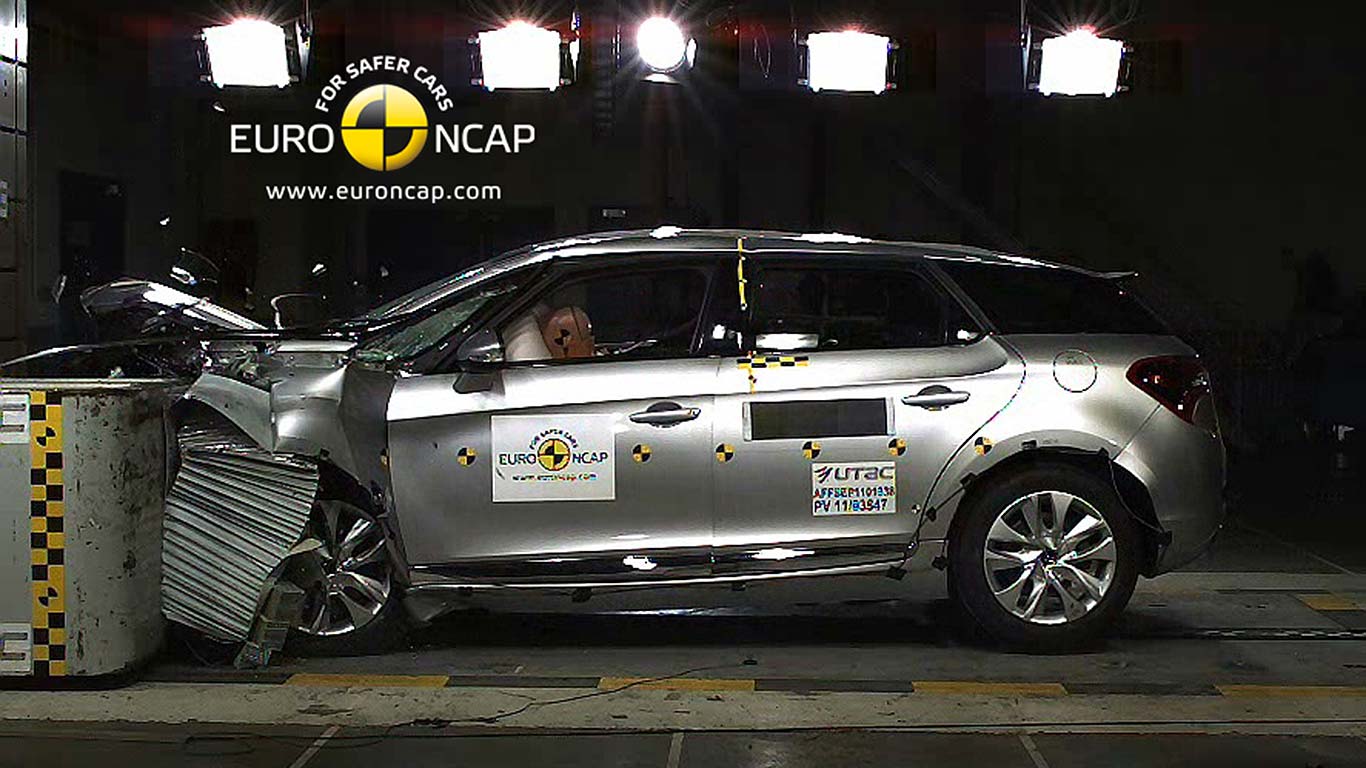
The effective replacement for the Xantia is the Citroen DS5, since renamed simply DS 5. Quite a difference, no?
1997: Rover 600 (1 star and 1 strikethrough star)
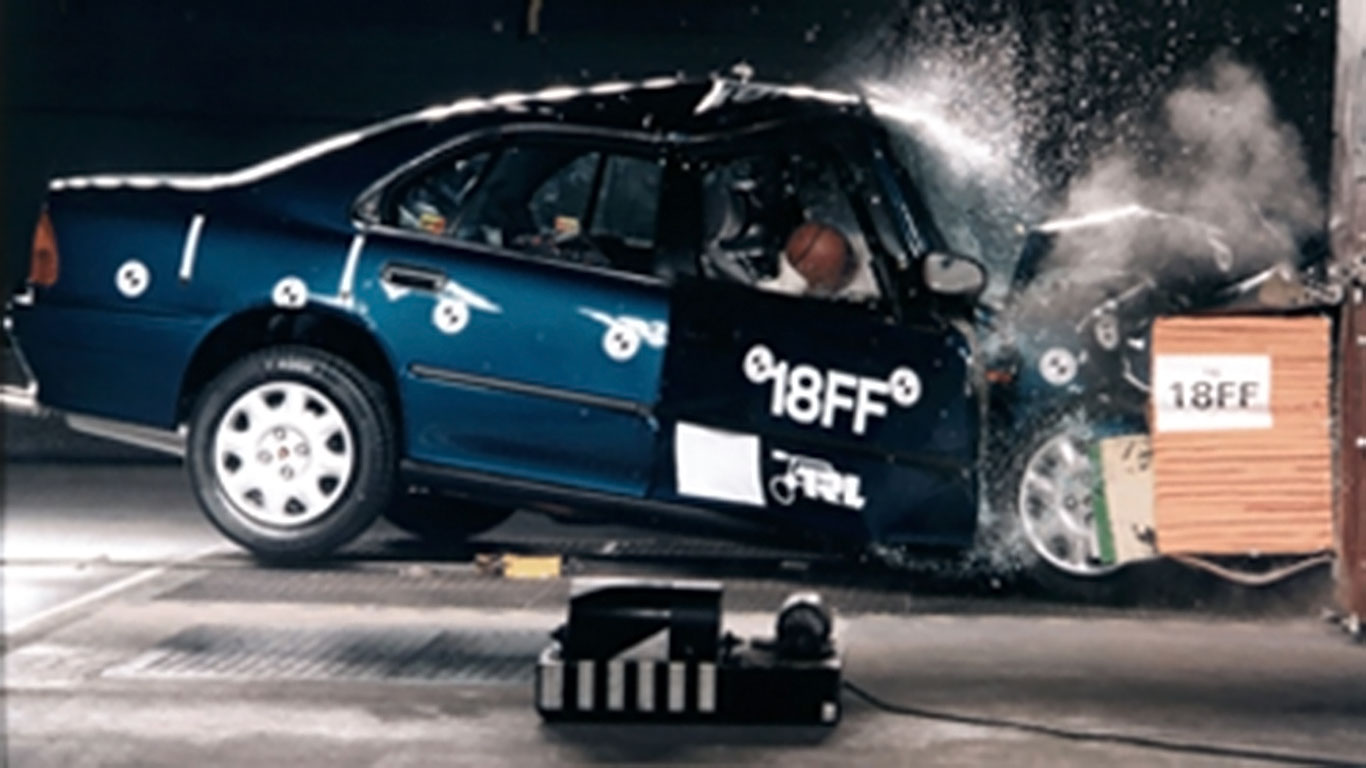
It wasn’t just the Rover 100 that was under attack from Euro NCAP in 1997. The Honda-engineered Rover 600 also scored badly, with the car once again virtually collapsing under impact.
Today: MG6 (4 stars)
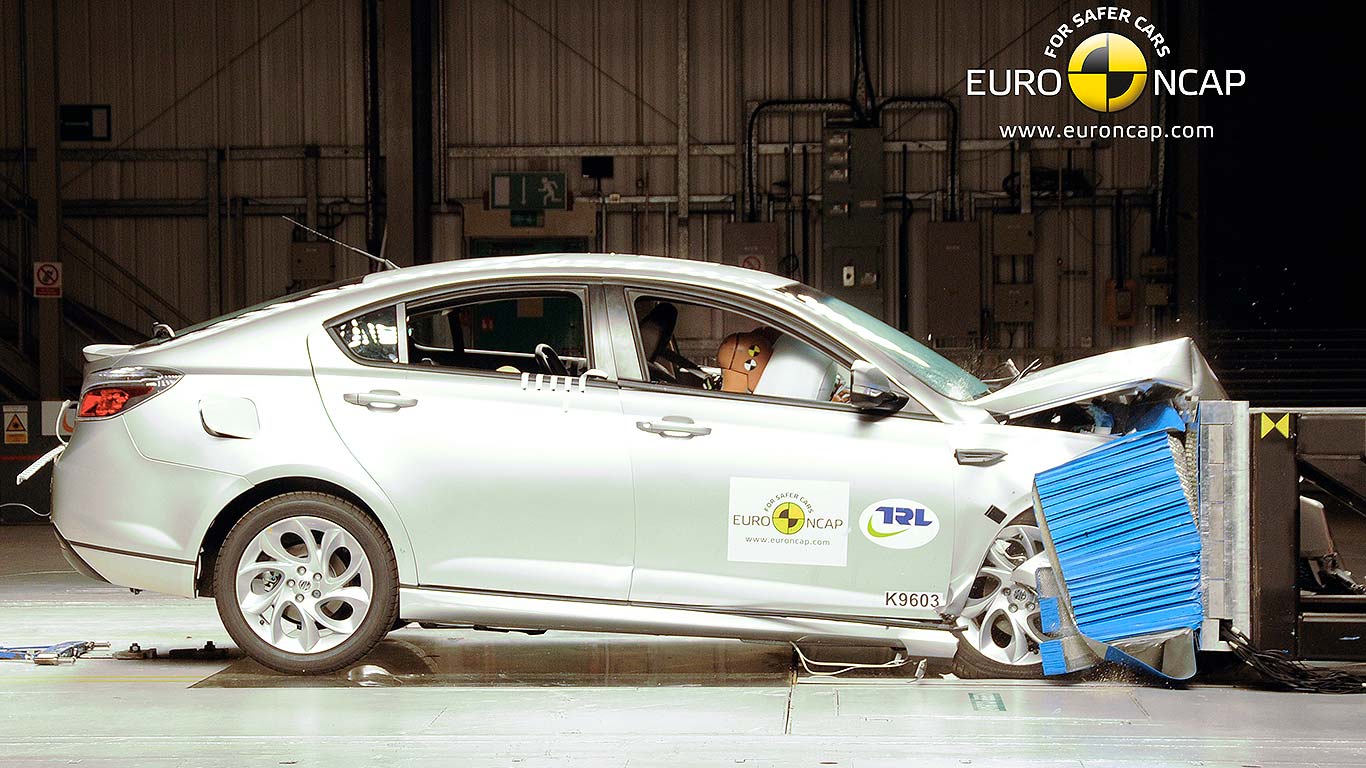
What a difference two decades makes. The MG6 scored four Euro NCAP stars back in 2011, and is clearly a much stronger, safer performer than its Rover ancestor.
1997: Saab 900 (1 star and 1 strikethrough star)
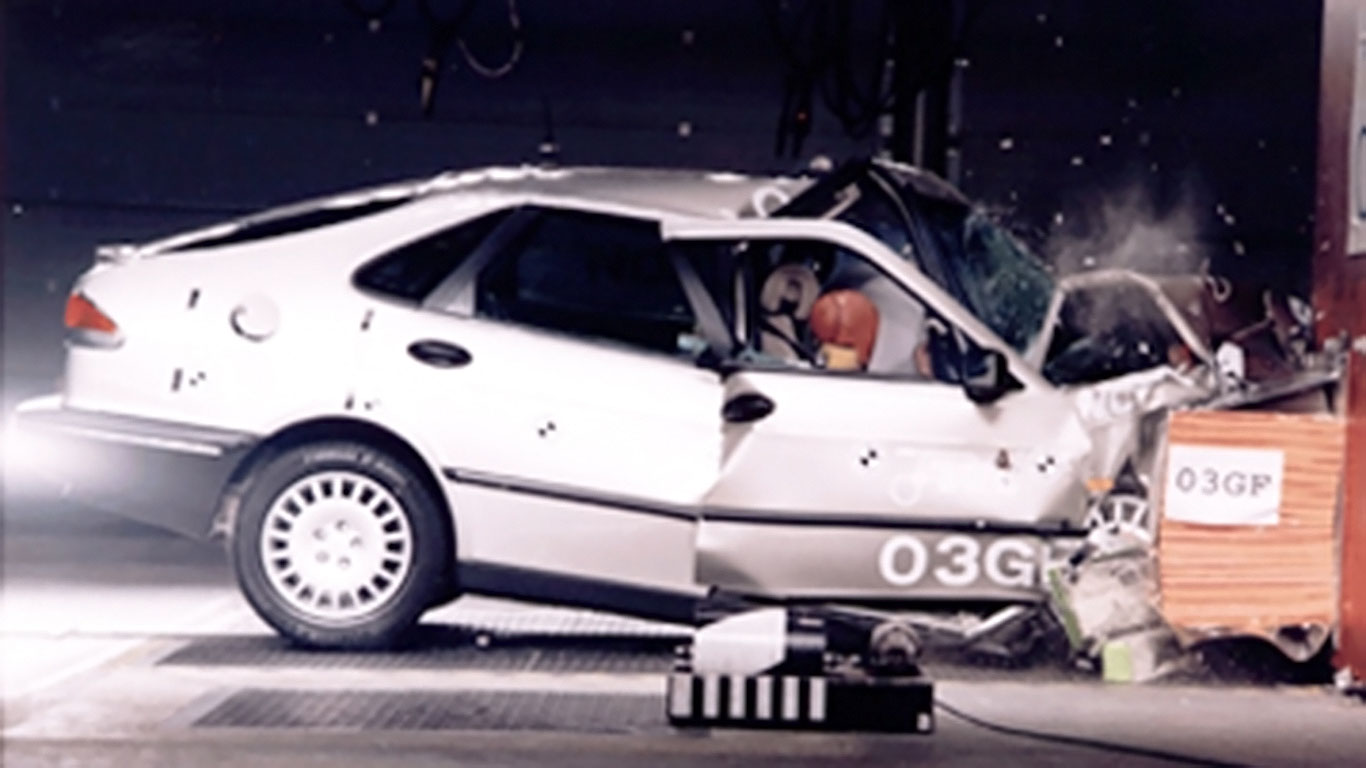
Saab had a reputation for crash safety. Looking at this image from 1997, you have to wonder why – just look how the windscreen frame of the 900 disintegrated!
Today: Saab 9-5 (5 stars)
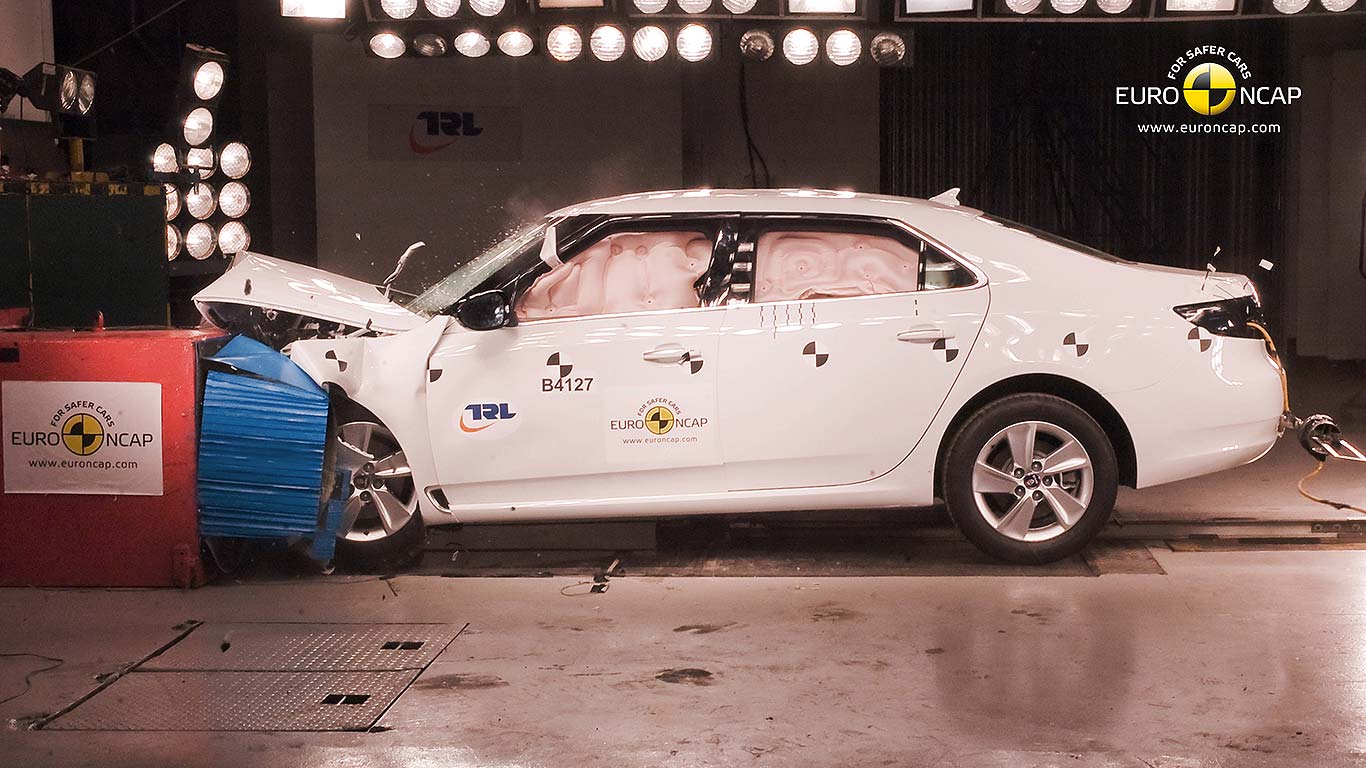
By the time of its death, Saab had learnt a few lessons. The virtually stillborn 9-5 replacement was an enormous improvement over the 900 tested just 12 years before.
Thanks for sharing
Saab 900 is not real “Saab”,Its Opel with Saab markings,Real Saab 900 was discontinued 93 after Gm bought Saab .Then GM took bottom plate and parts from Opel Vectra to Saab because GM must spare money and you see the results..